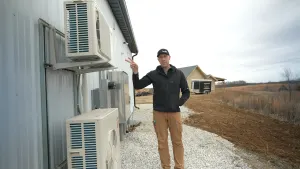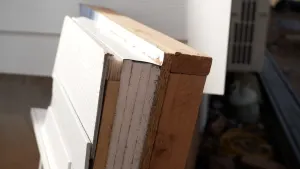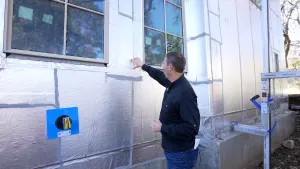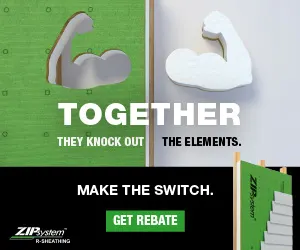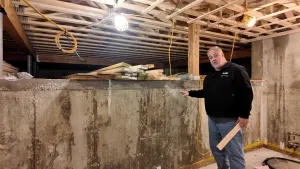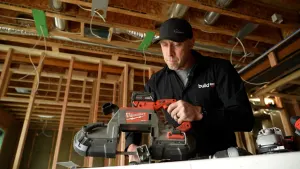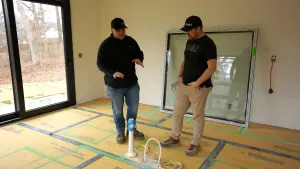Would you like to have a $0 utility bill annually? Follow along as Matt Risinger walks through four steps to achieve net zero in your home.
Step 1: focus on design. If you set out to build a net-zero home, you will make it a lot easier to achieve in the long run.
Step 2: focus on air sealing. Air sealing makes a huge difference by not letting the external air leak into the house and keeping the nice, cool air in your house.
Step 3: insulation. In this home, Risinger shows us all the steps taken to insulate the home. It includes 2 x 6 advance framing, 3/4 inch rigid foam on the exterior walls, open-cell spray foam on the roofline to form a conditioned attic (Risinger's favorite type of attic), another two inches of rigid foam on the roof deck, and TPO roofing.
Step 4: strategic design of the mechanical system. On average, HVAC is responsible for more than 50% of your utility bills, even more in hot climates. In this house, Risinger worked with Positive Energy to design the HVAC system, which included a Mitsubishi VRF (variable refrigerant flow technology). They even added solar cells to the roof as a final bonus.
Inside, you will see they opted for a tankless water heater, which uses about 1/3 less energy than a standard electric tank system. As an added bonus, a (positive) byproduct of a tankless system is cool air, which helps keep HVAC costs down. Want to see how the four steps come together? Check out the full video.

 Share on facebook
Share on facebook Tweet
Tweet Email
Email Share on Linkedin
Share on Linkedin




